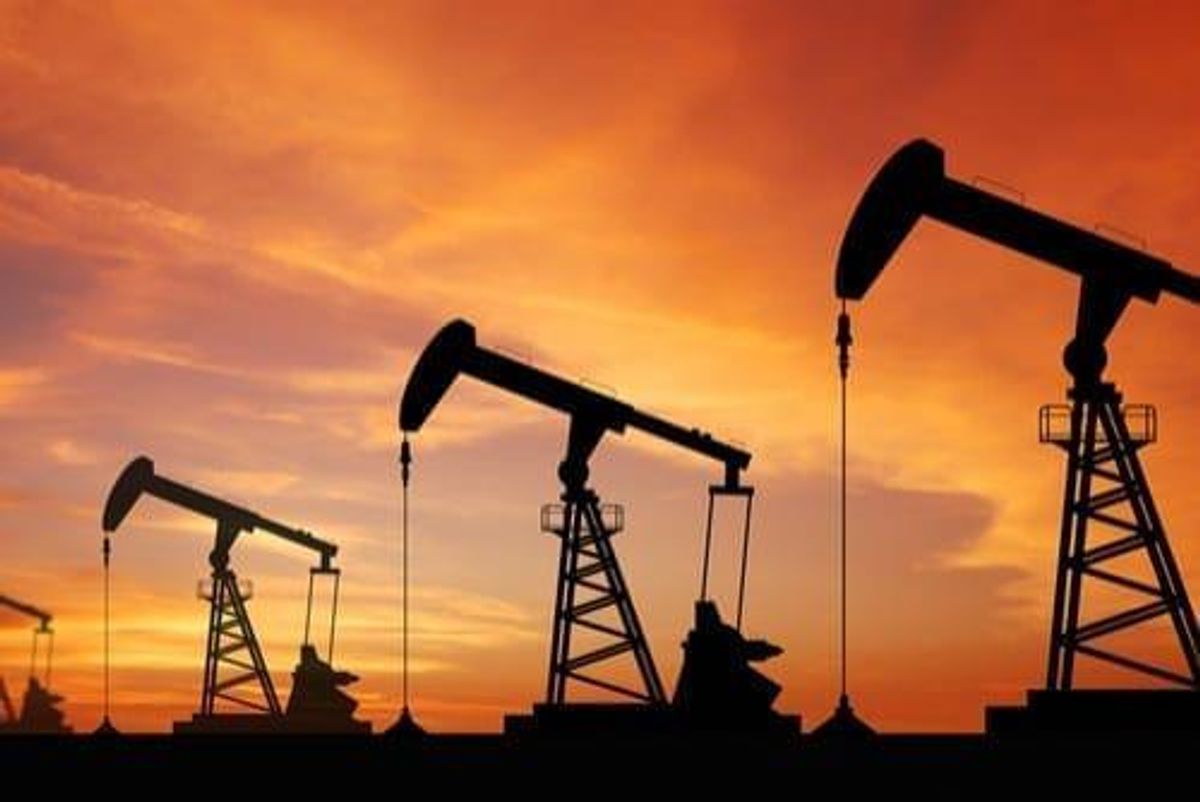
Analysts say international demand for the energy fuel, coupled with US-imposed sanctions against Iran, is creating an environment where a supply shortage is probable.
Brent crude moved past US$84 a barrel earlier this month for the first time since 2014 as fears of a supply shortage for the second half of the year loomed heavy over the globe.
International demand for the energy fuel, which grew by as much as 1.5 million barrels per day (bpd) during the first half of 2018, coupled with US imposed sanctions against Iran is creating an environment where a supply shortage is probable, according to some analysts.
With US sanctions on Iranian crude taking effect on November 4th, it will be up to Organization of the Petroleum Exporting Countries (OPEC) to increase production in order to offset the 1-million bpd that Iran produces.
The impending sanctions caused the price of crude to climb on Wednesday (October 31) to US$76.16 following two straight days of losses.
Additionally, the oil market received some encouragement from equity markets, which began to work their way back from 20-month lows on Wednesday.
“The bullish argument for crude still centers on Iran sanctions which are due to begin in November, and continued output declines from Venezuela,” William O’Loughlin, investment analyst at Rivkin Securities, told Reuters.
Oil production has also hit record highs in Russia, Saudi Arabia and the US. While pressure has been mounting on Saudi Arabia, the largest OPEC producer, to up its oil output, Iraq the second-largest OPEC nation is confident it can meet increased demand. Iraq currently pumps around 4.6 million bpd, however, the country plans to up its crude production capacity to 7 million bpd by 2022 incrementally.
“We will do our best to stabilize the market,” Iraq’s new oil minister Thamer Ghadhban, told reporters on Wednesday. “The oil price at the moment is at a fair price, it’s not too high, it’s not US$100 per barrel and it’s not US$30.”
With the end of the year fast approaching analysts are expecting the average price of crude to average US$80 bbl for 2019 before gradually falling back to US$75 bbl in 2020.
Don’t forget to follow us @INN_Resource for real-time updates!
Securities Disclosure: I, Georgia Williams, hold no direct investment interest in any company mentioned in this article.





